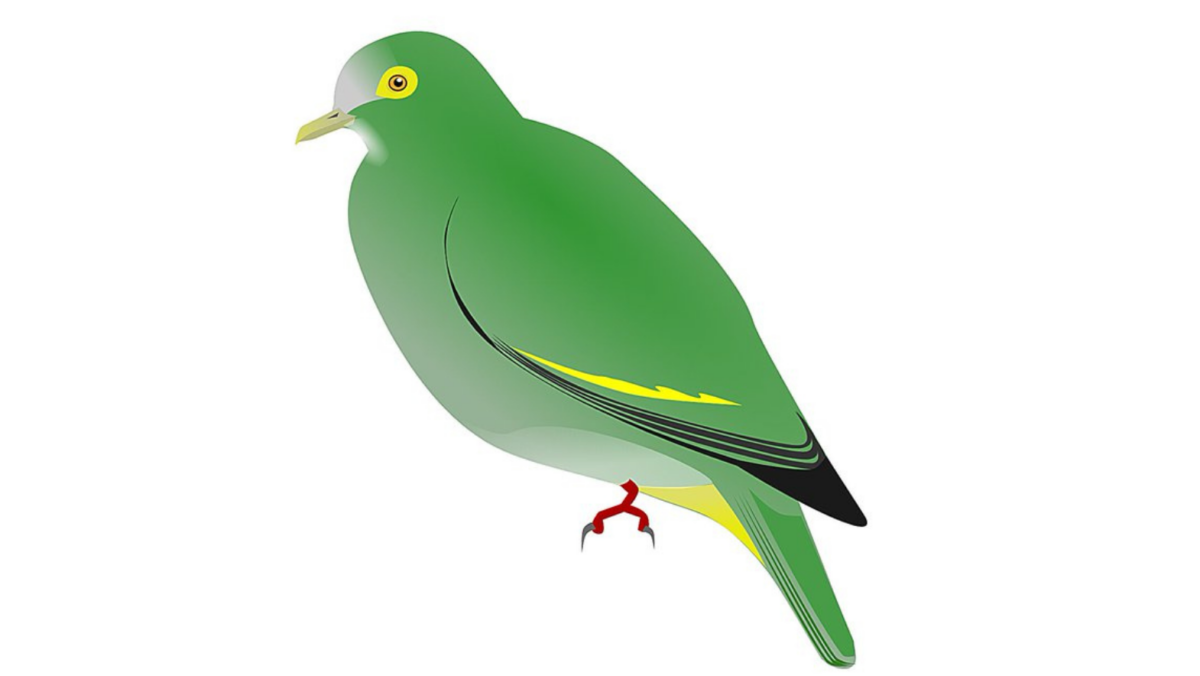Unraveling the mystery of the elusive fruit dove from Negros

Photo from Phys.org/Twitter
Shrouded in the verdant and lush slopes of an active volcano in the Philippines, a small, apple-green wonder known as the Negros fruit dove once nestled in the area and is believed to still inhabit its surroundings.
Back in May 1953, Filipino ornithologist D.S. Rabor stumbled upon this distinct Filipino bird looking all whimsical with its striking eyes and yellow-edged wings. It was all clear to Rabor that it wasn’t an ordinary pigeon.
Rabor, together with Professor Dillon Ripley from Yale, has christened the bird with apple green feathers Ptilinopus arcanus — meaning ‘secret’ in Latin.
A Filipino fruit dove, long part of Peabody collection, reveals its secrets https://t.co/ZqoemQYvET
— Ben Vallejo Jr (@copsychus) February 11, 2024
For decades, the Negros fruit dove was only known from just one sighting and as the world’s most poorly understood and cryptic bird. While it may be a hybrid species or an aberration of other two well-known species, it stayed an enigma shrouded in mystery.
After over 70 years, a senior student John Nash and his biologist colleagues from Yale stepped up and used the advancements of DNA sequencing.
They found out that this Filipino bird isn’t just another species but a distinct and of ancient lineage.
Diverging from its family of birds almost 12 years ago, their homeland was Negros. Their discovery was published in the International Journal of Avian Science — a British Ornithologists Union’s publication.
You may also like: Meanwhile in Mt. Apo, a real-life ‘Ibong Adarna’ has been spotted
As William Robertson of Yale’s faculty of Arts and Sciences sums it, “When I arrived at Yale 20 years ago, we dreamed of solving this mystery. But we had to wait for the right technology and student to really pull it off.”
A quest in the unchartered territories
Although the genetic breakthrough reveals some significant facts, the team from Yale never stopped their research, using historical climate models to pinpoint where the elusive Filipino bird might be situated, and focused on their goal of preservation.
Turns out, they are more likely to be found in the lowland forests during the era of drastic climate change. Endemic to the Philippines, the Negros fruit dove is also known from single female species.
Furthermore, a recent species’ discovery in Panay suggests that this enigmatic creature may still be wandering out there. With only 4 percent of Negros forested as of 1988, the threat of hunting and habitat destruction lurks.
Yet, there’s still hope. The team from Yale with their use of biogeographic modeling directs them to North negros National Park and Panay as the possible havens for this elusive Philippine bird.
Nash is hopeful that the Negros fruit dove has more mysteries to uncover once the potential areas are surveyed.

